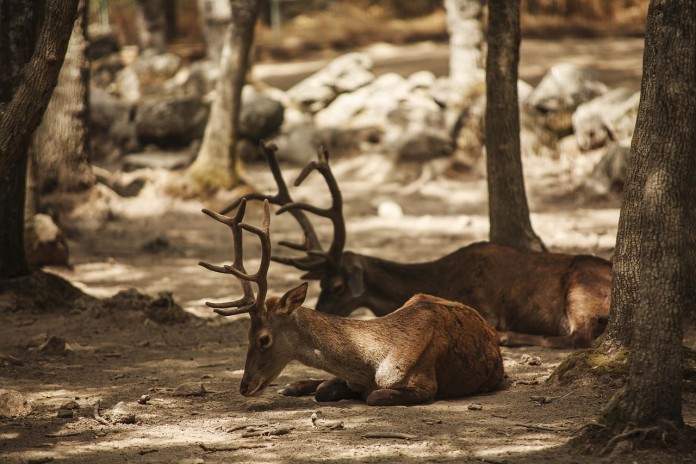According to statistics from the Fish & Wildlife Service, hunters purchased 11.5 million hunting licenses in 2016. Of those, about 80% (approximately 9 million) were for big game species, mostly deer. As a result, hunters spent more than $25 billion to finance their activities.
Clearly hunting is big business, but can it be justified biologically?
Since deer hunting is by far the biggest part of the puzzle, let’s focus on that.
Sustaining populations subjected to hunting pressure requires species capable of rapid and consistent reproduction. For more than 100 years, studies of deer biology and its response to hunting pressure have produced thousands of research papers, books and countless graduate degrees in wildlife biology.
Two classic cases, familiar to every wildlife biologist, stand out as the foundations of deer management in North America.
Kaibab Plateau
From 1906 through 1923, government hunters and trappers removed predators from the Kaibab Plateau along the north rim of Arizona’s Grand Canyon. During that period, agents removed 781 mountain lions, 30 gray wolves, 4,889 coyotes and 354 bobcats. The Kaibab mule deer population responded explosively.
When predator control began, the mule deer population was estimated to be 4,000. Under greatly reduced predator pressure, the deer herd grew to more than 100,000 in less than 20 years. During the winter of 1924-1925, the population crashed.
Ever since, wildlife biologists consider “Kaibab Plateau” to be synonymous with the folly of controlling predators to protect game populations.
Rarely, however, is population biology so simple.
In 1970, Graeme Caughley suggested that the mule deer population explosion on the Kaibab Plateau was due more to the recovery of the range than to the disappearance of predators.
It turns out that while predators were being removed from the area, so were domestic livestock. At least 200,000 sheep and 20,000 cattle were removed at the same time the predators were exterminated.
Caughley argued that deer flourished not because predators disappeared, but because the elimination of domestic grazers provided a virtually unlimited food supply for deer.
It’s difficult to know which factor was more important, but a case can be made that both predator control and an unlimited food supply can trigger a population explosion.
Just a few years after the Kaibab “experiment,” another classic field study unfolded.
George Reserve
In the 1920s a Detroit industrialist, Colonel Edwin S. George, purchased 12 adjoining farms, a total of 1,146 acres, in southern Michigan. In 1930 he donated the property to the University of Michigan for use as a natural laboratory. In the 1920s there were virtually no deer in southern Michigan.
In 1927 Colonel George erected a 7.5 ft. fence around the entire site, and the following year he released six white-tailed deer, two males and four pregnant females, inside what today is known as the George Reserve.
The George Reserve deer herd thrived. Six years later in 1933, biologists conducted the first annual deer drive census to assess the population. They counted 160 deer; in just six years the population had grown from 6 to 160, an astounding rate of population growth.
Since that initial deer drive census, this deer population has been intensively studied and manipulated. Various rates of hunting pressure enabled biologists to study and evaluate white-tailed deer population growth under a variety of conditions.
Dale McCullough, a University of Michigan professor, published the results of decades of research in The George Reserve Deer Herd (1979).
Exponential growth
The results of the Kaibab and George Reserve field experiments demonstrate that deer populations, when provided with quality habitat and minimal predation, can grow explosively. Biologists call this exponential population growth.
Theoretically, all species grow exponentially until they reach limits imposed by the environment (habitat quality, food availability, space, predator pressure, etc.). Reproductive characteristics such as gestation period, litter size, litters per year and age at first breeding determine how quickly such population explosions can occur. The innate reproductive capacity of deer and other game species is the biological basis for annual harvests.
By monitoring population numbers and habitat quality, biologists adjust hunting pressure on game species as populations fluctuate.
Clearly, managing wildlife is complicated. Assuming the best interests of wildlife populations guide management decisions, wildlife agencies should rely on the experience of professional wildlife biologists.













